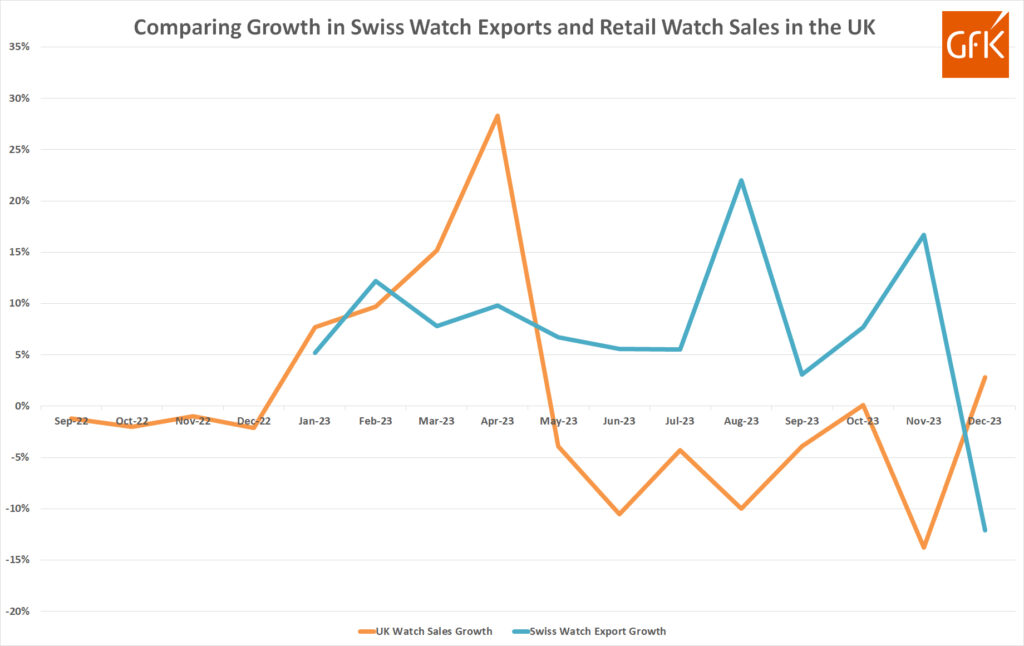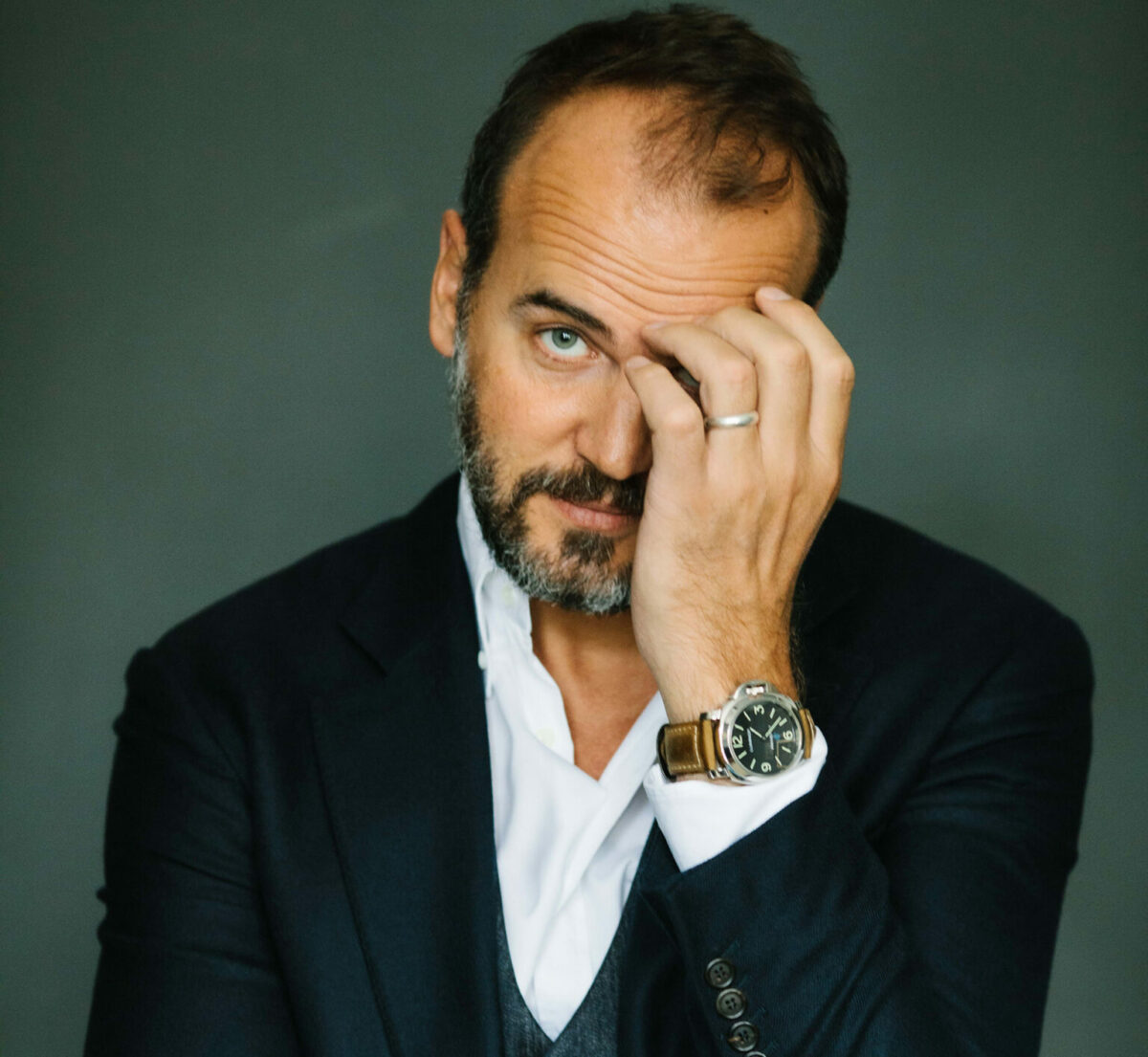The watch industry is calling this a ‘normal’ year, but even if there were such a thing, that could be wishful thinking
At some point during the pandemic, someone somewhere uttered the words ‘the new normal’, presumably to help us rationalise what we all already knew: that things would never be the same again. Although whether they intended us to understand that the health service would be forever buggered and the tax burden eternally irreconcilable or not is unclear.
If there was a flaw in this fresh paradigm it was that there is no such thing as normal any more. Progress has far outpaced our capacity to follow it, making what we think of as normal – that things will stay more or less as they are – a fallacy. If there is a new normal, it’s that there is no normal.
Which is why I’m having trouble coming to terms with the watch industry’s new buzzword. Forget new technologies and soaring revenues, the like that brought crypto, NFTs and AI to the lips of every profit-munching CEO (and story-munching journalist) over the past few years. Instead, we’re to get ready for the year of ‘normal’, in which things go back to the way they were… well, when? Before Covid?
Well, perhaps. Let’s go with it and give this normal a once-over. And with when it began, which was some time last summer when even the biggest of brands came to the horrible realisation they were about to have to start actually selling watches. As in, rather than rolling into work late and opening the doors to the queuing masses, they would have to go out and find the customers still willing to hand over their lunch money.
As autumn arrived, exports cooled and the FHS began reporting a sudden slow-down. With China still trying to find its pre-Covid footing, traditional markets had been doing the heaving lifting, but as consumers in the US and Western Europe started belt-tightening, the primary and secondary markets found themselves stumbling into the festive season as if they’d started their Christmas parties six months early.
In a sense, they had. The first half of 2023 had been swell, with exports still climbing and waiting lists on Tier 2 references largely intact. And then – pop?
Yes and no. The FHS’s year-end figures point to another record year for the industry with revenues up a further 7.6 per cent on 2022’s all-time high numbers, but insiders say this is less a sign of unfettered growth, and more that brands – such as Rolex – caught up with demand and fulfilled back orders, bloating the picture.

Which is otherwise less merry. At LVMH Watch Week, top brand execs were talking about a ‘flat’ year that they’re approaching with ‘caution’.
If we’ve therefore arrived in it, what does this normal look like? So far, so not pretty. At least, not if Watches of Switzerland Group’s mid-January profit warning is anything to go by. Even while there might have been wider factors at play (as Rob Corder’s columns from the time suggested), group chief executive Brian Duffy’s acknowledgement that buyers were turning to beauty, fashion and travel felt significant. With watch prices still climbing, is this the year buyers either stay at home or play away?
If so, that could yet prompt another of normal’s symptoms: discounting. It’s increasingly a buyers’ market out there, and retailers are going to find themselves fending off aggressive customers expecting their 10 per cent off, while sitting on unsold stock, and while the secondary market – down 13 per cent across the board last year, according to last month’s[1] Morgan Stanley report – has much less appetite for the primary market’s leftovers.
But if it’s going to be a difficult season for the watch industry, it’s not time to panic. Much has been written about the correction in the secondary market that began almost two years ago with the exposure of crypto’s gnomic, garage-dwelling, fraudulent speculators. A necessary correction, as anyone without a pension-fund linked to the value of a Daytona collection has said.
And the same should be true here. One of the characteristics of the old normal was a chronic supply shortage – first of parts, then of watches – with an unsustainable knock-on effect on wait times. Speaking with Julien Tornare, newly ennobled at TAG Heuer (the company’s sixth chief executive in just over a decade) and now with circa 25 times the number of watches to sell as in his previous job at Zenith, I learned he’s glad of watchmaking’s new normal.
Aspiration is good, he said, and waiting is fine up to a point, but expecting a customer to sit on their money in the hope their name comes up in the great watch-buying lottery is just daft. And that’s before we account for the horror customers on hold for three years experience when they discover the price of their watch has spiralled in the mean time.
Is it too late? Have watchmakers lost their buyers already, and if so, can they get them back? I don’t know if they have, nor if they can. But the battle for hearts and minds is on.
Such doom-mongering is extreme, no doubt, and my tea leaves aren’t suggesting the graph will look more like a black run than a Bolivian salt flat this year. But if watchmakers are to win back buyers currently cruising around the Caribbean, they’ll need to meet them where they are.
And where is that? It’s where it’s always been. In the centre ground, where prices make sense, products offer real value (literally or emotionally) and no one leaves a showroom feeling like they’ve been taken for a fool.
Since Covid, there’s not been a lot of that about. Instead, consumers have been invited to believe that ‘value-added’ extended warranties and ‘innovative’ three-day power reserves are worth the extra thousands that have been added to their bill. Plainly, they’re now starting to say, they don’t buy the BS.
The value brands need to offer now is the kind that makes sense even when deep down consumers know they don’t need what they’re buying. They need to be able to justify buying a luxury watch instead of, well, anything.
Thing is, in most industries, that kind of approach isn’t unusual: it’s normal.


Robin definitely has his hand on the pulse of the 2024 watch market! He captured my buying mood exactly. It will be interesting to see if the major Swiss brands and their Authorized Dealers can make the transition from order takers to putting the watch that we want in the showroom cases, and throwing the Exhibition Only signs in the garbage can where they belong forever!